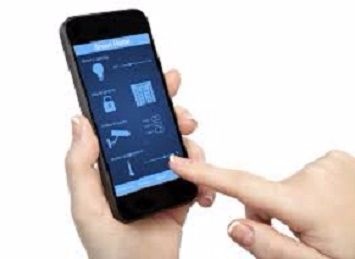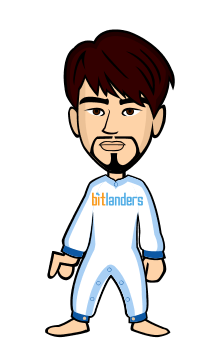
My Dear Friends now i shall tell you abou smartphone healthcare
What if the next time you step into your doctor’s office for an examination, she reaches into her white coat pocket and pulls out an iPhone instead of a stethoscope? That’s the idea behind smartphone healthcare, a re-imagination of the physical exam using only smartphones and a few devices that connect to them.
Ever since the invention of the “smart” cellular device, users have wondered where the boundaries would end. A smartphone connected to a medical device can allow you to monitor your health outside the doctor’s office and that’s amazing. But what makes medical apps truly revolutionary is that they use internet-enabled smartphones and tablets to connect us directly to our family physicians and medical professionals. Patients can now measure their blood pressure, glucose levels, and other vital statistics at home and transmit them daily to their physician.
Medscape, a revolutionary medical app available free of cost at Apple store, can retrieve news articles from 34 different health fields. It also includes a very useful clinical reference section that contains safety guidelines on drugs, videos tutorials on various procedures and education activities for students.
Similarly 3D4Medical apps use innovative 3D technology to navigate through the body effortlessly. Users can rotate, cut, zoom and acquire superior/inferior perspectives in ways that traditional media could not. 3D4 Medical also offers anatomic animations, which provide excellent resources for patient education.
Muscle Trigger Point is another useful app for researching muscle trigger points and tight places in the body that cause pain. The app includes more than 100 trigger points for over 70 muscles. Once you identify a trigger point through a specific muscle or zone search, the app recommends the best course of action to take.
Designed and developed by the U.S. Department of Health & Human Services (HHS), ePSS is an app that assists primary care clinicians in identifying the screening, counseling and preventive medication services that are appropriate for their patients. The ePSS information is based on current recommendations of the U.S. Preventive Services Task Force (USPSTF), and can be searched by specific patient characteristics, such as age, sex and selected behavioural risk factors.
A recently announced innovation has just expanded those barriers a little farther. The new iPhone ECG is an iPhone case that connects to the device and allows users to obtain an instantaneous ECG or electrocardiogram in the palm of their hands.
The iPhone ECG is a case that attaches to the iPhone device and plugs into its 32 pin connector at the bottom seamlessly while doubling as a phone case. The device has two electrodes on the case where a user places their index fingers in order to conduct the electrical rhythms to the onboard smartphone app. The device can also be held up directly to the chest as instructed in the application in order to also obtain an ECG. While this seems like just another piece of gadgetry hitting the blogospheres, this innovation paves the way to a whole new line of at home medical products.
The implications of this device are twofold: one, a device that can allow patients with cardiac issues to have an instantaneous visual
communication with their care provider, and two, a way for individuals to be more aware of their own health concerns.
The former issue would be vital to providing real-time information to care providers while a patient is having, or things they are having a cardiac event. The ECG would immediately be transmitted to the care provider or facility, and the analysis of the patient can begin prior to the arrival of the patient. The application could also steer a physician or care provider in determining what is acute versus what may be something that can wait until a later time.
While the device does educate the user far more than they previously may have known about a condition; it comes with cautions. With an application on board that interprets ECG tracings,medical information can be falsely interpreted by an untrained individual. The outcome of such a maneuver leads to either a false sense of security or a frantic interpretation of a possibly normal or abnormal tracing.
For the previous reasons, the FDA has been careful in certifying this device for use. Currently, the FDA is considering the device for use by medical professionals only due to necessity for interpretation by trained professionals.
In Pakistan we are engaged in prototyping a device that will allow healthcare providers to get real time ECG through smartphones and laptops using our software and will ensure extremely accurate RR detection and minimum of movement disturbances. The design of the device will make it easy to place it on the body of the patient. The device will be available for healthcare providers in the second quarter of next year at a very low price as compared to the price of traditional ECG Machines. It will also include a web based EMR module with e-prescription and e-lab to help patients to get timely prescriptions along with lab reports and to help practices to reduce
manage their resources and work efficiently.



